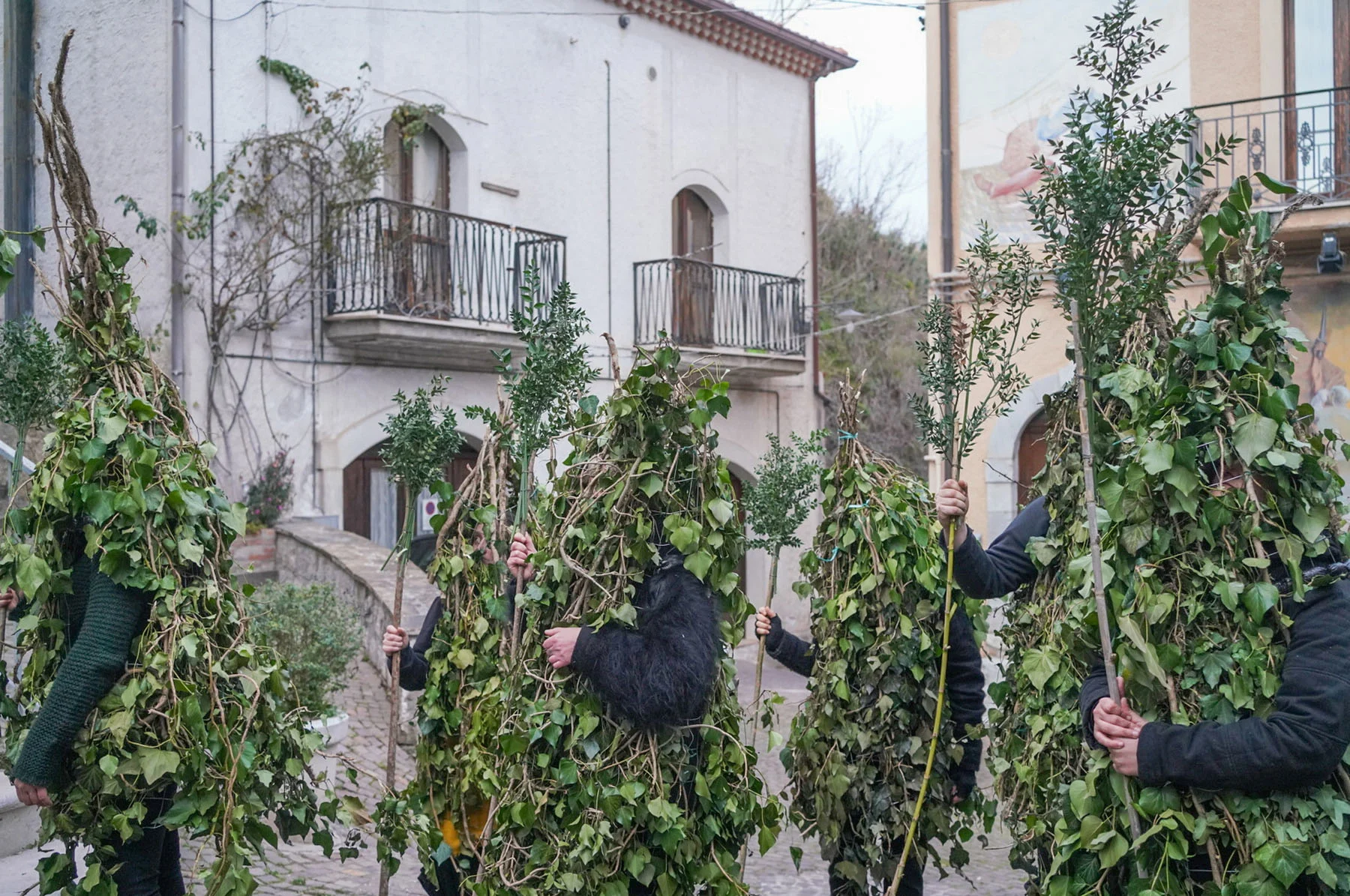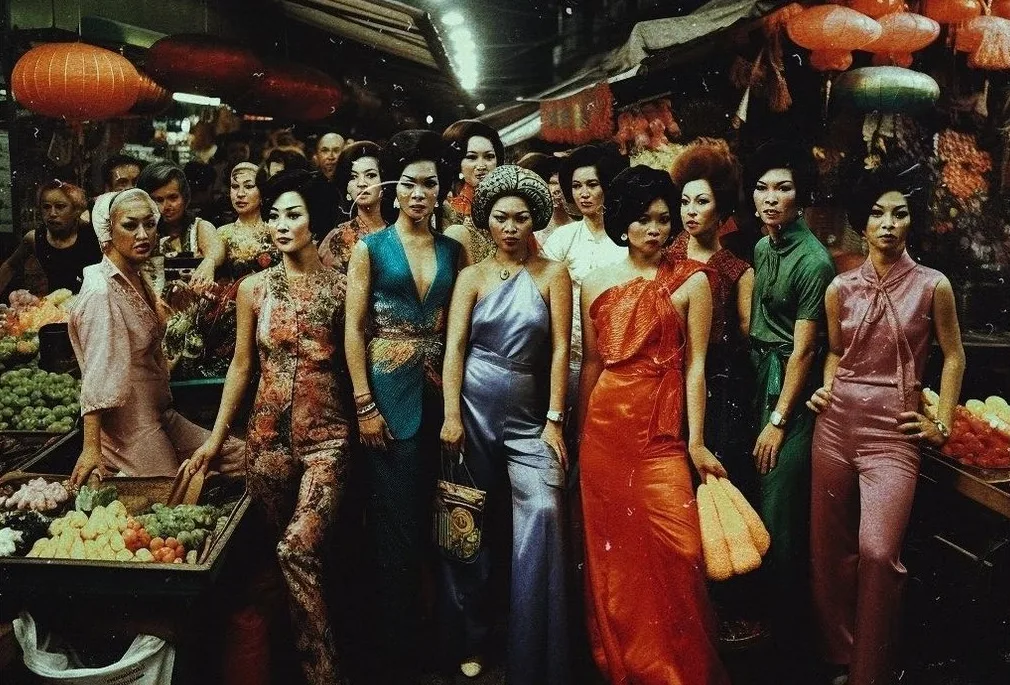

On a recent trip to Japan, Canadian photographer Victor Cheng was captivated by the wonderfully colorful trains, and the diligent conductors guiding their arrival and departure. His recent series focuses on these conductors as they poke their heads through train windows, making them the unassuming stars of a cinematic, Wes Anderson-esque world. Here, Cheng tells Alix-Rose Cowie about the patience it took to capture such quiet images amid the chaotic commuter bustle of the station platforms.


On a trip to Japan the Christmas before last, photographer Victor Cheng was almost left behind on a station platform in Fukuoka after his wife boarded a train. Enchanted by the photogenic trains—painted a soft, “Very Pale Cyan” accented with a thick red band—he had stopped to take a picture and missed the doors closing. Luckily, the impeccably-dressed conductor noticed and re-opened the door for him with an elegant nod. On leaving the train at their destination, Cheng photographed the conductor with his head out of the window looking out for any obstructions (or dawdling passengers). It was the beginning of his photo series of uniformed train conductors and operators aboard especially aesthetically-pleasing Japanese locomotives, taken during a number of return visits to the country.

Shisa kanko (or pointing and calling) is a safety system used on Japanese railways, where station attendants or conductors wearing white gloves point at potential hazards, to register safety checks or to signal that the path is clear. Cheng was taken by this charming choreography of protocol that keeps the trains running smoothly. “What caught my eye was the attention to detail that the train conductors had while on the job. Their movements and hand gestures while working were precise and consistent. The first shot I took of the train conductor popping his head out from the window reminded me of a Wes Anderson movie,” he says. And it’s true; Cheng conjures up a world where “The Darjeeling Limited” might meet “The Grand Budapest Hotel.”


The first shot I took reminded me of a Wes Anderson movie.
Cheng’s images are cropped in a way that eliminates any distractions so that the conductors are centered in their bleached gloves, stiff hats and brass-buttoned blazers with a thin white stripe on the sleeve. “I wanted the main focus to be on the train color, window size and, of course, the facial expression of the train conductor, and nothing else,” he says. The clean, quiet images are an illusion, however, as the reality can feel chaotic. While the train operators are usually the only people in the frame, Cheng is trying to capture the perfect shot through a continuous stream of commuters rushing or ambling across his field of vision. “It’s quite stressful,” he says. “You want to be there at the exact time the conductor pops out, but at the same time you have a ton of passengers walking past at any given moment who might block the shot. Once you get the shot that you’re satisfied with, you feel a huge sense of happiness!”

Through his photography, Cheng is inspired to romanticize everyday moments. His images could be mistaken for art-directed sets, but he transforms unremarkable city life into cinematic or whimsical scenes by looking for pleasing symmetry, or specific color palettes. “The satisfaction found in making lines straight and neat can make a photo of ordinary things quite interesting,” he says. “I’m always intrigued by seeing a building straight-on from across the street or from an angle that I can see symmetrical architecture. Obviously, pastel colors make the photos even better and a subject (either a taxi driving past or a person strolling by) can add to an image, too.”


Beyond peeled eyes, Cheng attributes the success of his images to patience: waiting for a subject to appear, for a crowd to dissipate, or for a train conductor to raise a graceful gloved hand amid a rapid schedule of arrivals and departures. “Usually they don’t see me photographing them,” Cheng says. “But when they do, I like to put the camera down and give them a smile or a nod.” There’s usually time for them to give a quick nod back before they’re swiftly on to the next destination, unknowingly cast as a character in an imaginary movie.

